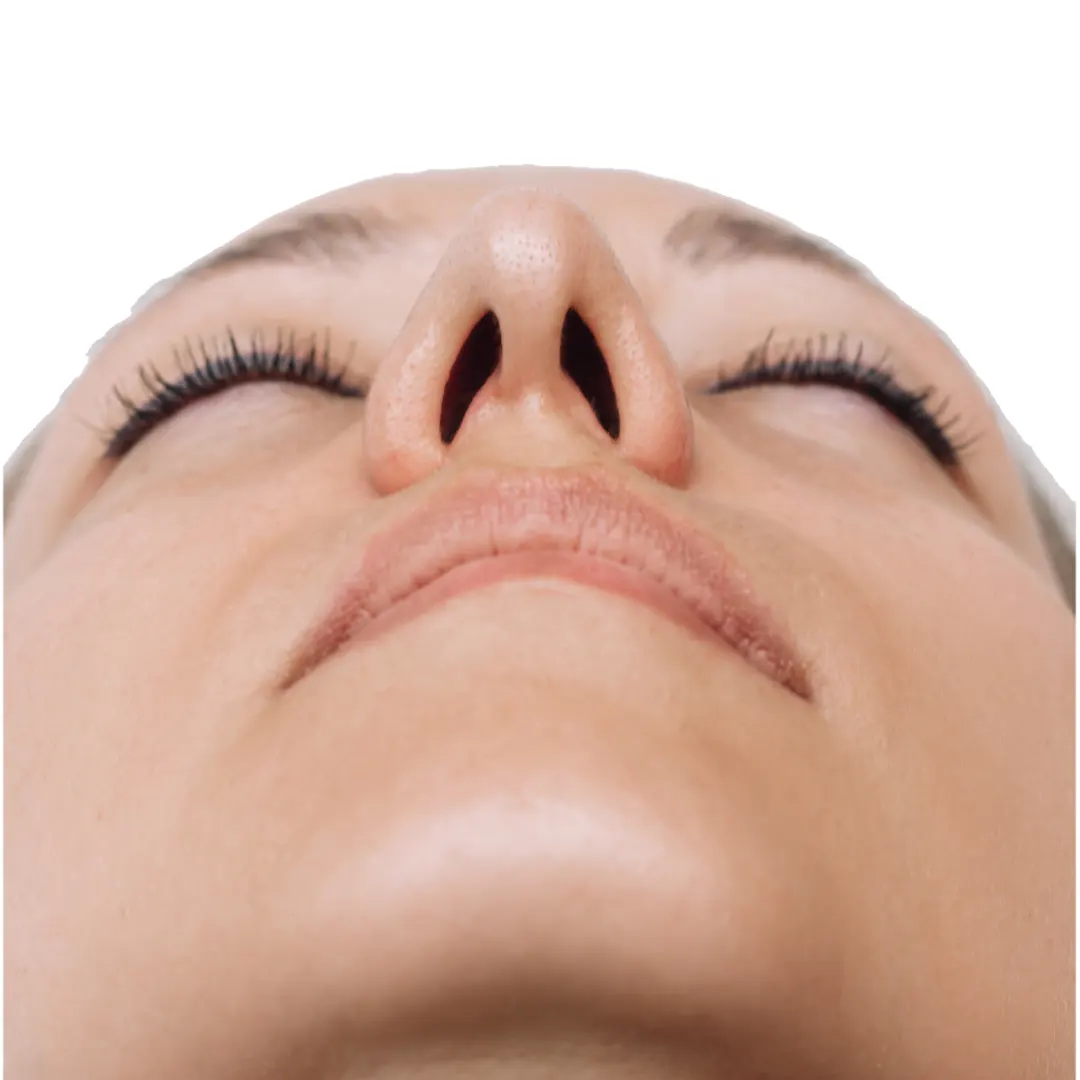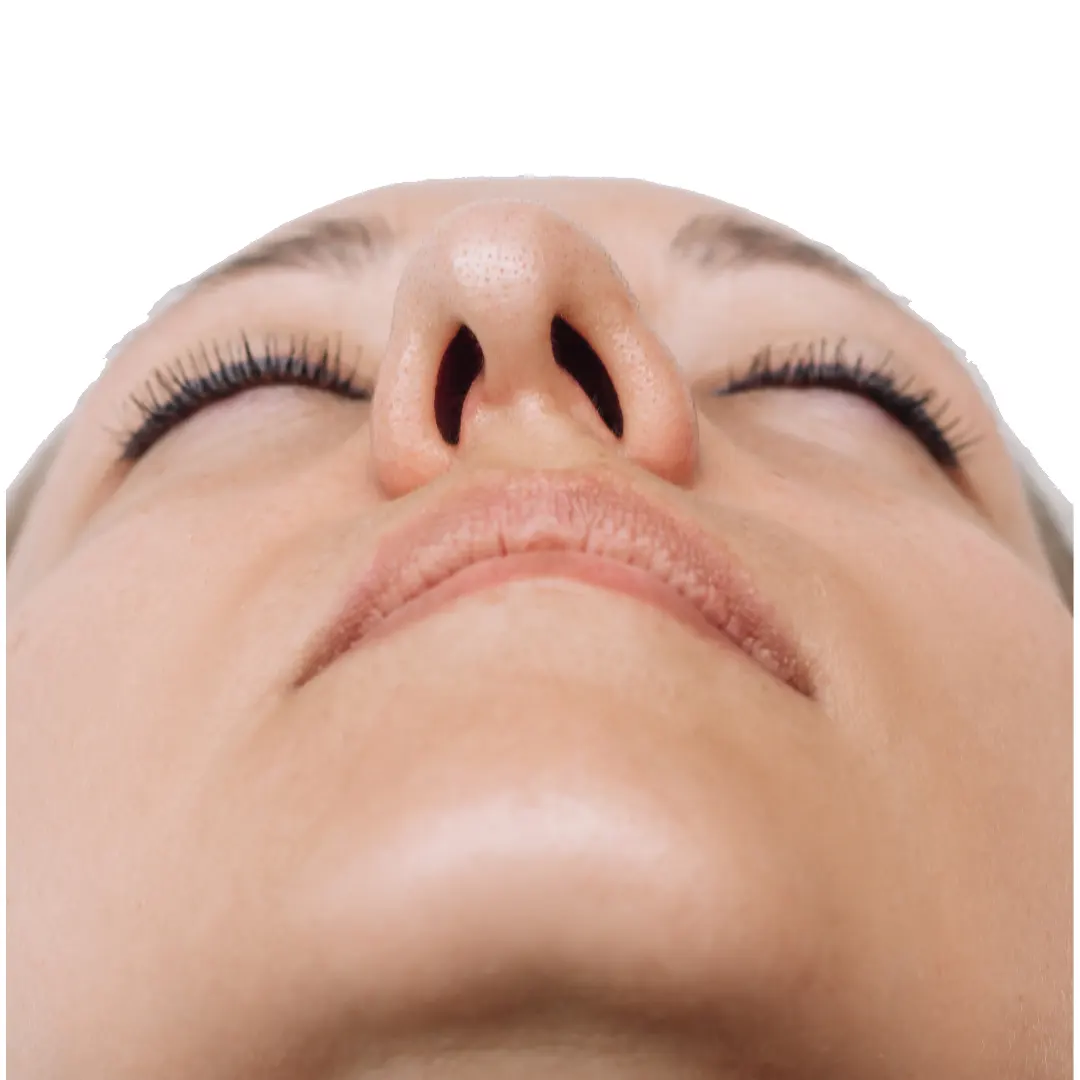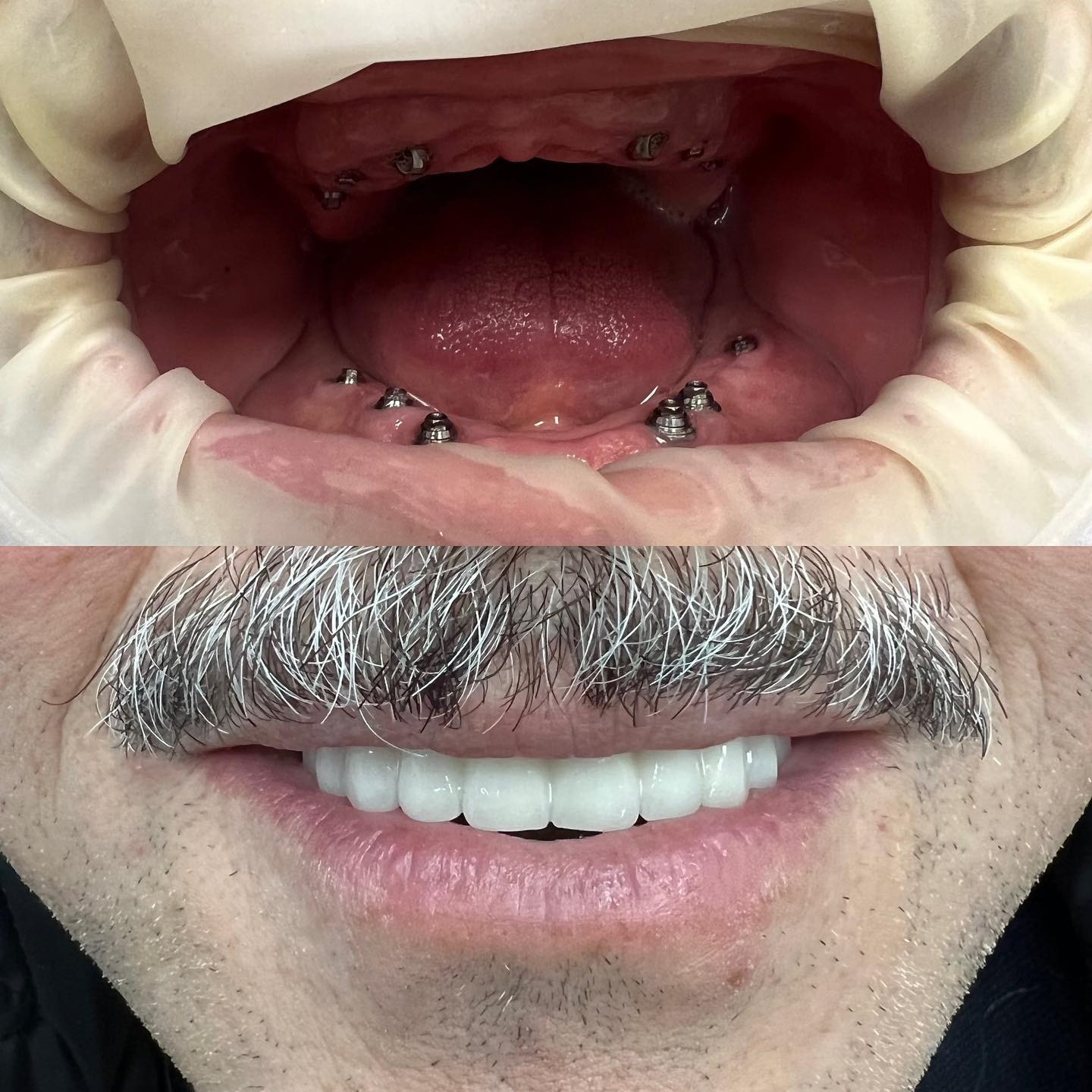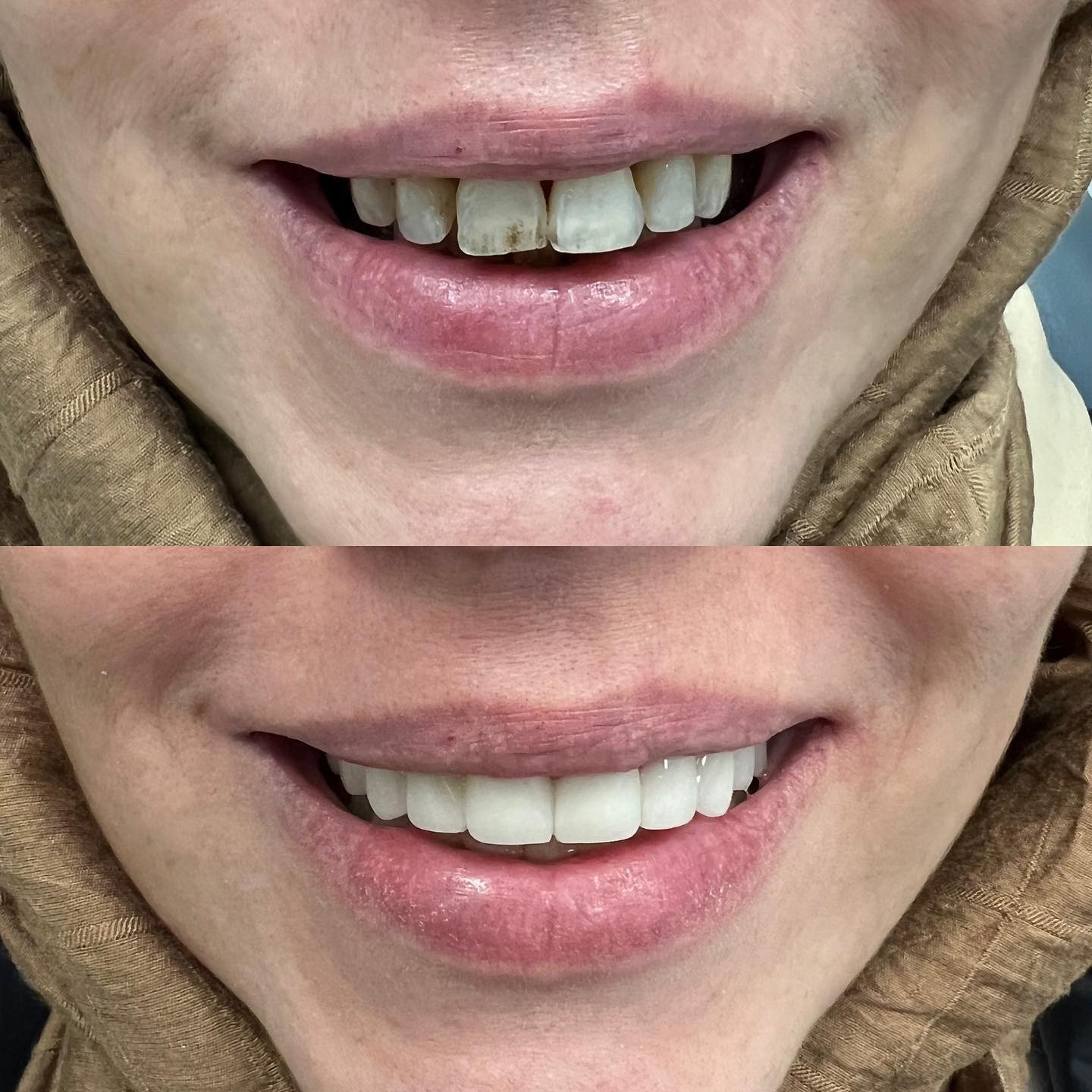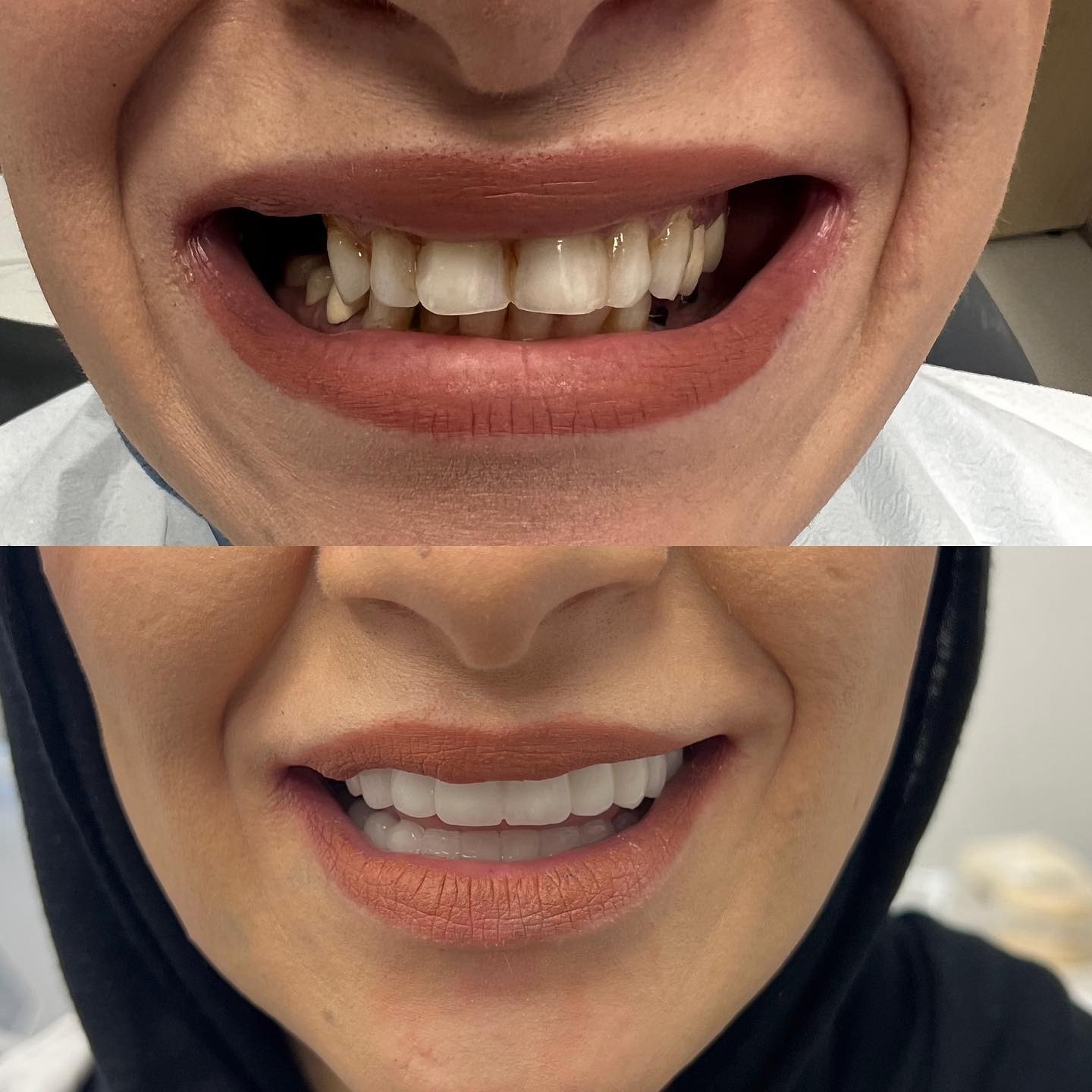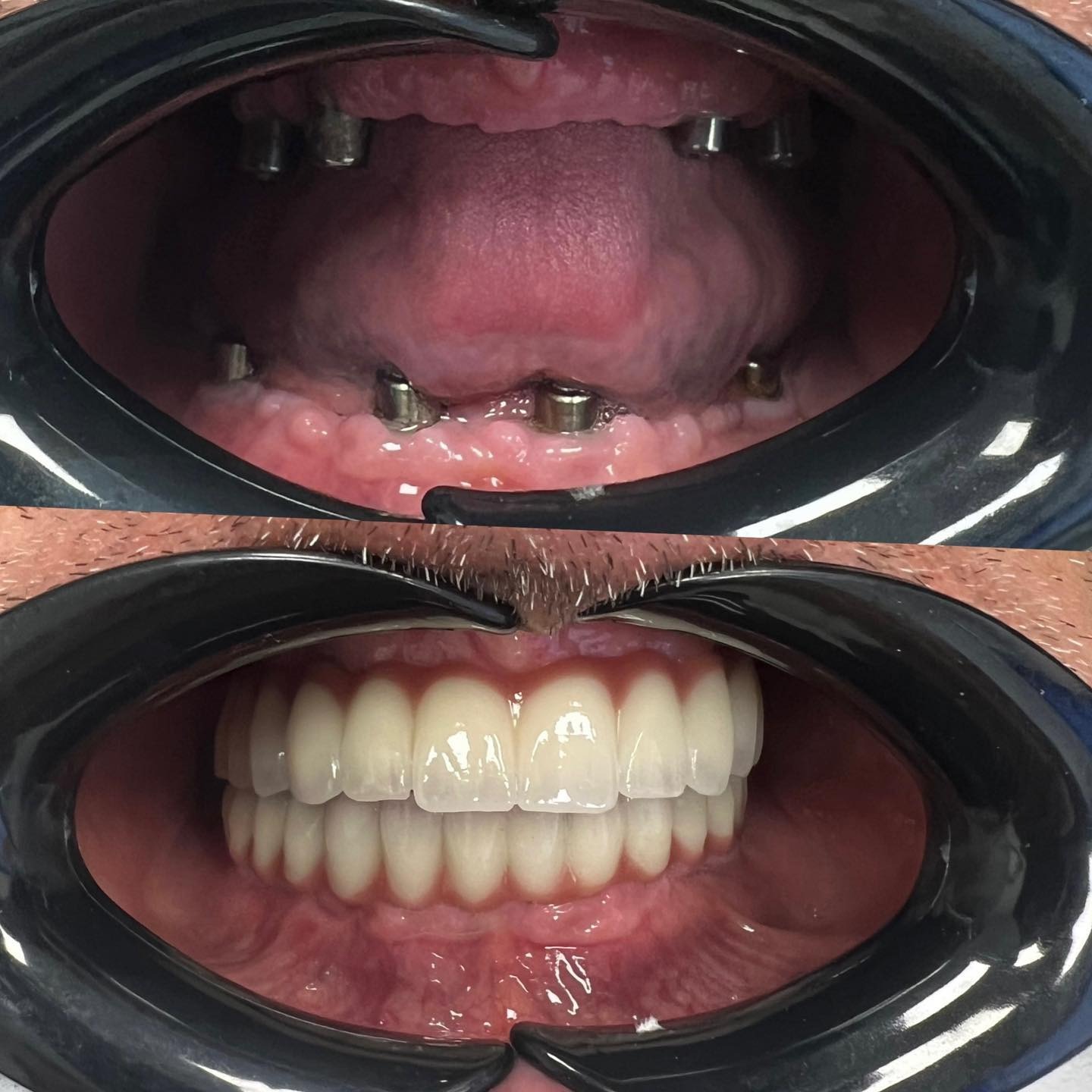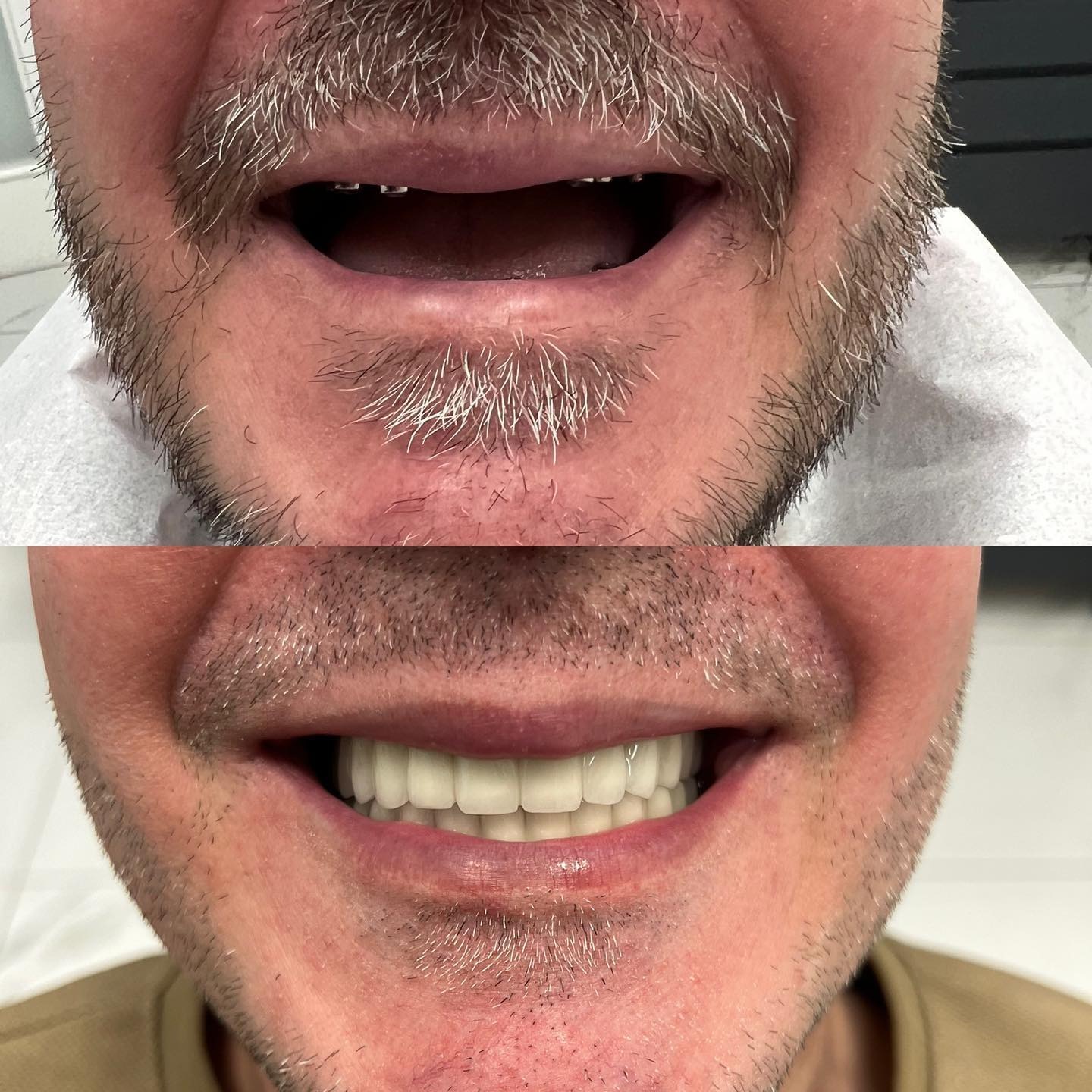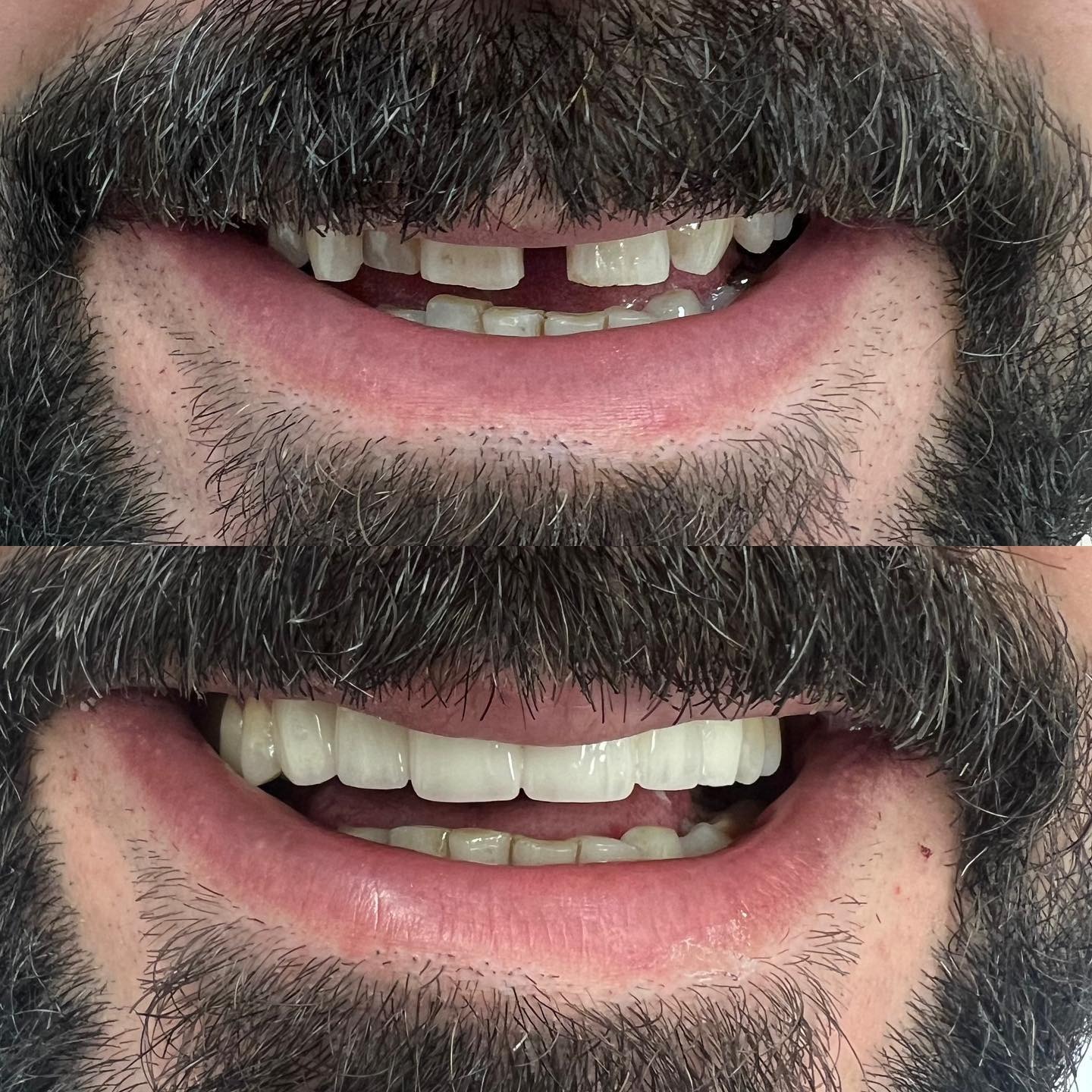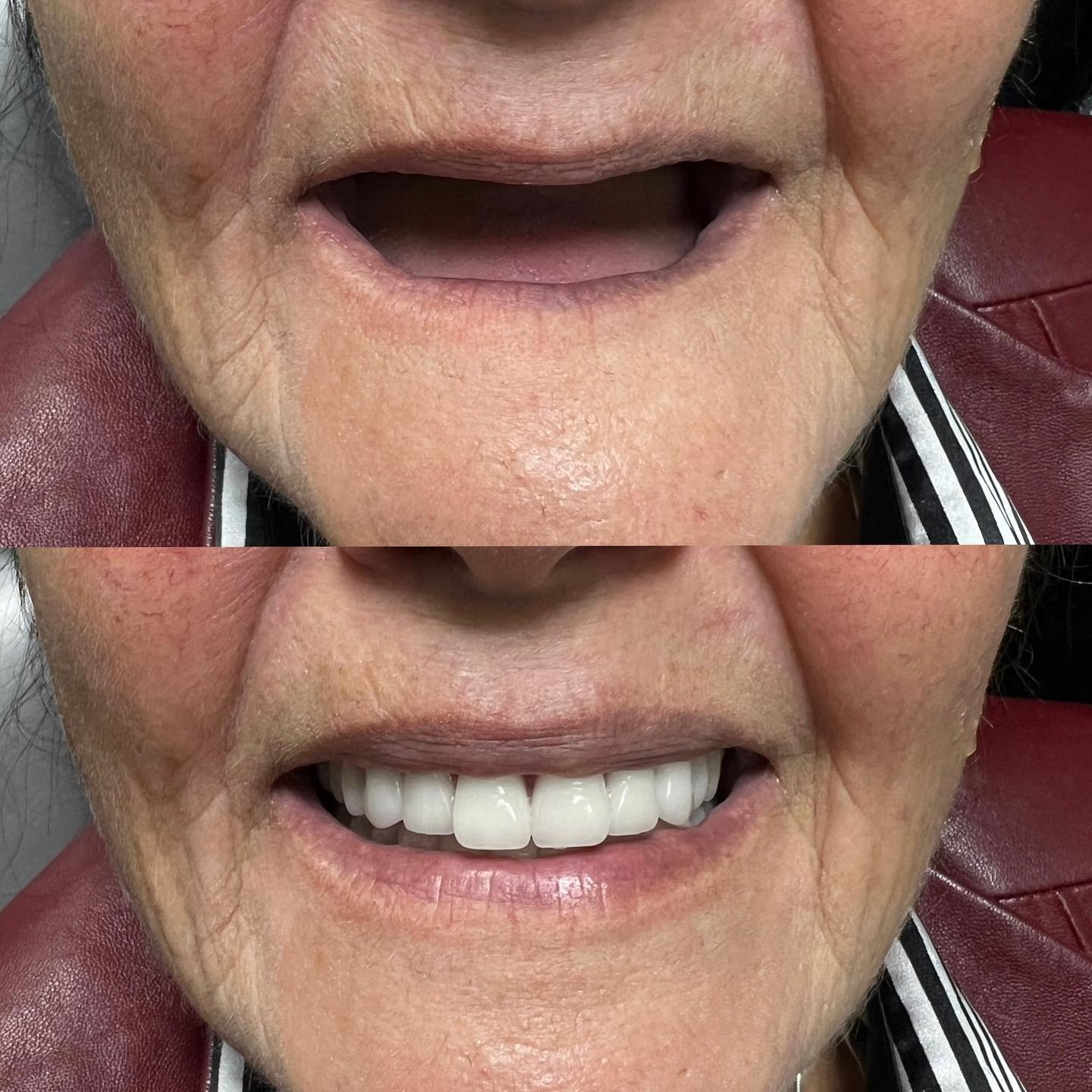Plastic surgery
Explore Our Clinics
What Say About Us?
What motivates us at Taj Clinic to strive for further development in our relationship with our valued visitors is the smile of satisfaction and the joyful look on their faces when they see the results. Witness with us how their reactions at Taj Clinic have garnered their admiration for its exceptional administrative care, the expertise of our skilled doctors, the quality of comprehensive services provided, meticulous attention to detail, post-procedure medical follow-up, and the astonishing results they have achieved.
Steps for cosmetic surgery services:
Contact our medical consultant and let them guide you throughout the entire process.
Plan your medical tour in mutual agreement with our consultant.
Get your tickets booked and choose the procedure date.
Sit back and relax until the appointment time, and leave everything to us.
We will pick you up from your arrival location and accompany you between the hotel and the clinic for the round trip.
We will transport you from your arrival location and accompany you between the hotel and the clinic for the round trip.
Frequently Asked Questions
In most cases, body sculpting surgery is considered a cosmetic procedure and is not covered by insurance. However, in some cases where the procedure is considered medically necessary due to a medical condition or injury, insurance may cover the cost of surgery.
Body contouring surgery refers to a variety of surgical procedures designed to reshape and contour the body. These procedures may include removing excess skin and fat, tightening muscles or changing the shape and size of certain parts of the body, such as; Abdomen and thighs, or arms and buttocks.
The cost of body sculpting surgery varies depending on the extent of the procedure, the surgeon’s experience, the location of the surgery, and the clinic’s prices. In general, the cost of body contouring surgery can range from $4,000 to $15,000 or more.
Non-surgical body sculpting refers to non-surgical or minimally invasive cosmetic procedures that can help reshape and define the body without the need for surgical intervention. Examples of non-surgical body sculpting procedures include CoolSculpting and SculpSure.
After rhinoplasty, patients are usually advised to avoid strenuous physical activities, lift heavy objects, blow their nose, and wear eyeglasses or sunglasses for several weeks to allow for proper healing.
Rhinoplasty is usually performed under general anesthesia, so the procedure itself is not painful. Some people may experience mild discomfort, swelling, and bruising after the procedure, but these symptoms can be managed with medications and cold compresses.
The duration of rhinoplasty can vary depending on several factors such as: The extent of the operation and the experience of the surgeon. On average, it can take 1-3 hours to complete.
Recovery time after rhinoplasty can vary depending on several factors such as the extent of the procedure, the patient’s general health, and adherence to post-operative instructions. On average, it may take 2-3 weeks for initial recovery and several months for the final results to be fully visible.
Rhinoplasty is a cosmetic or reconstructive surgical procedure that involves reshaping the bone and cartilage of the nose to improve its appearance or function.
Rhinoplasty, also known as rhinoplasty, is a surgical procedure aimed at improving the appearance and/or function of the nose by reshaping bone and cartilage.
The cost of rhinoplasty varies depending on several factors, such as the surgeon’s experience, location, and extent of the procedure. On average, it can range from $5,000 to $10,000 in the United States
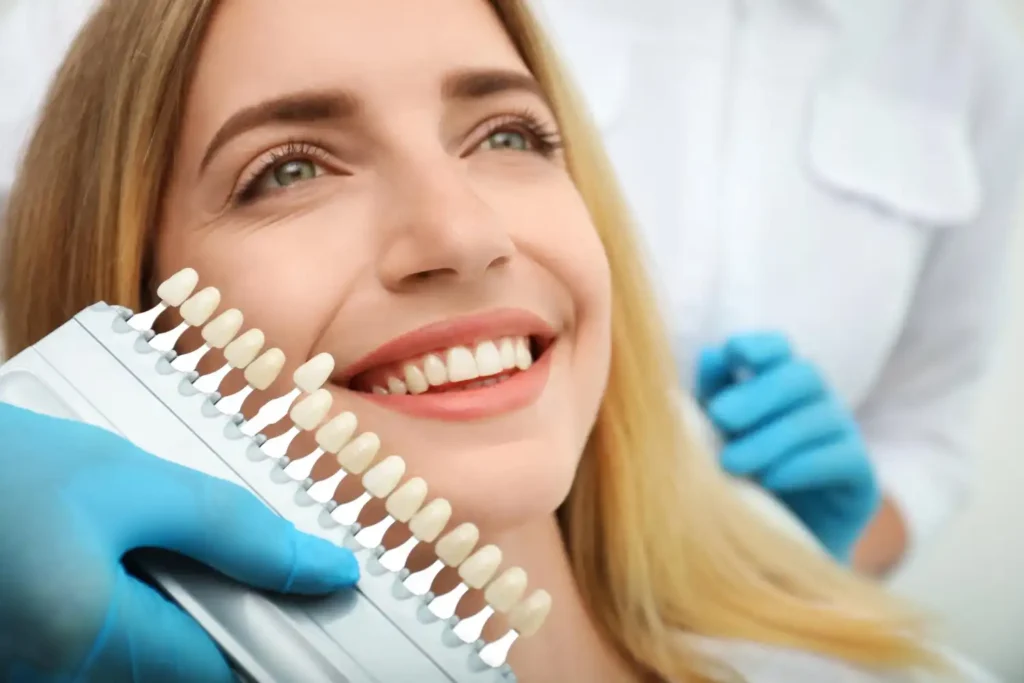
Description Dental veneers
Dental veneers, also known as dental laminates or porcelain veneers, are thin shells made of tooth-colored material. They are placed on the front surface of teeth to enhance their appearance. Veneers can be made from porcelain or composite resin and are specifically designed to fit the teeth, providing a natural look and an attractive smile.
Veneers can be used to correct various dental flaws, including cracks, gaps, and discoloration. They can also improve the shape, size, and overall symmetry of the teeth.
Dental veneers are a common choice in cosmetic dentistry. They are durable, stain-resistant, and can significantly enhance the appearance of teeth with relatively minimal preparation. However, composite resin veneers require special care. It’s essential to avoid biting on hard objects, drinking red wine, and maintaining good oral hygiene habits to prevent cavities and gum diseases.

What are the stages Dental veneers؟
Typically, the process of getting dental veneers (veneer lenses) involves the following stages:
- Consultation: During the initial consultation, the patient’s goals and expectations are discussed with the dentist. The dentist evaluates the oral health and determines if veneers are the right choice.
- Tooth Preparation: If the patient and the dentist decide that veneers are the right option, the next step is preparing the teeth to receive the veneers. This involves removing a small amount of enamel from the front to make space for the veneers.
- Dental Impression: Once the teeth are prepared, the dentist takes an impression of the patient’s teeth, known as a dental impression, which will be used to create custom veneers.
- Temporary Veneers: While the custom veneers are being made in the dental laboratory, the dentist may place temporary veneers on the patient’s teeth for protection.
Frequently Asked Questions
Dental veneers can last between 5 to 15 years, depending on the materials used, the individual’s oral hygiene habits, and other factors. Regular dental checkups and proper care can help extend the life of veneers.
If teeth are not kept clean, decay can occur around or under the edges of the veneer, leading to further dental problems. It is important to continue brushing, flossing, and having regular dental checkups to prevent cavities and other dental problems.
Dental veneers are used to improve the appearance of teeth that are discolored, cracked, or have other cosmetic problems. However, other dental treatments may be necessary before veneers are placed if the teeth have significant decay or structural damage.
When placed correctly and taken good care of, veneers will not damage your teeth. However, if the veneer is not placed correctly, or when the underlying tooth structure is damaged during preparation, it can lead to problems such as sensitivity or cavities.
No, veneers cannot be applied to gums or other soft tissues, so they cannot replace missing teeth or cover toothless areas.
Dental veneers are typically used to improve the appearance of existing teeth, so they cannot be used to replace missing teeth. Other dental treatments, such as dental implants, bridges, or dentures, may be recommended, especially in cases of missing teeth.
The cost of dental veneers can vary depending on the materials used, the number of veneers needed, and the location of the dental clinic. Dental veneers can cost anywhere from several hundred to several thousand dollars per tooth.
The teeth underneath the veneers may look slightly different than natural teeth, because the veneers add some thickness to the teeth. However, with proper placement and customization, veneers can blend seamlessly with surrounding teeth and look natural.
Dental veneers are thin shells of tooth-colored dental material, such as porcelain or composite resin, placed on the front surface of teeth to improve their appearance. It can be used to hide stains, cracks, gaps and misaligned teeth.










